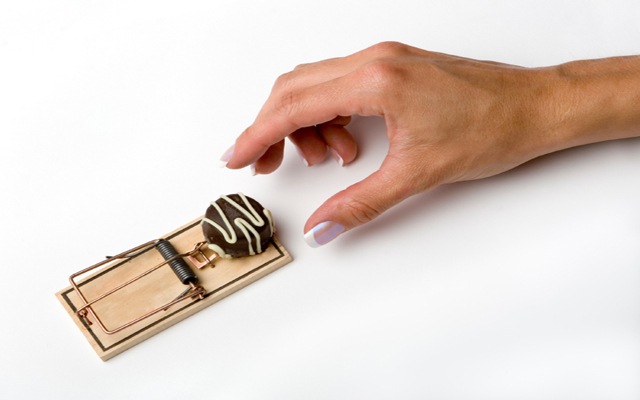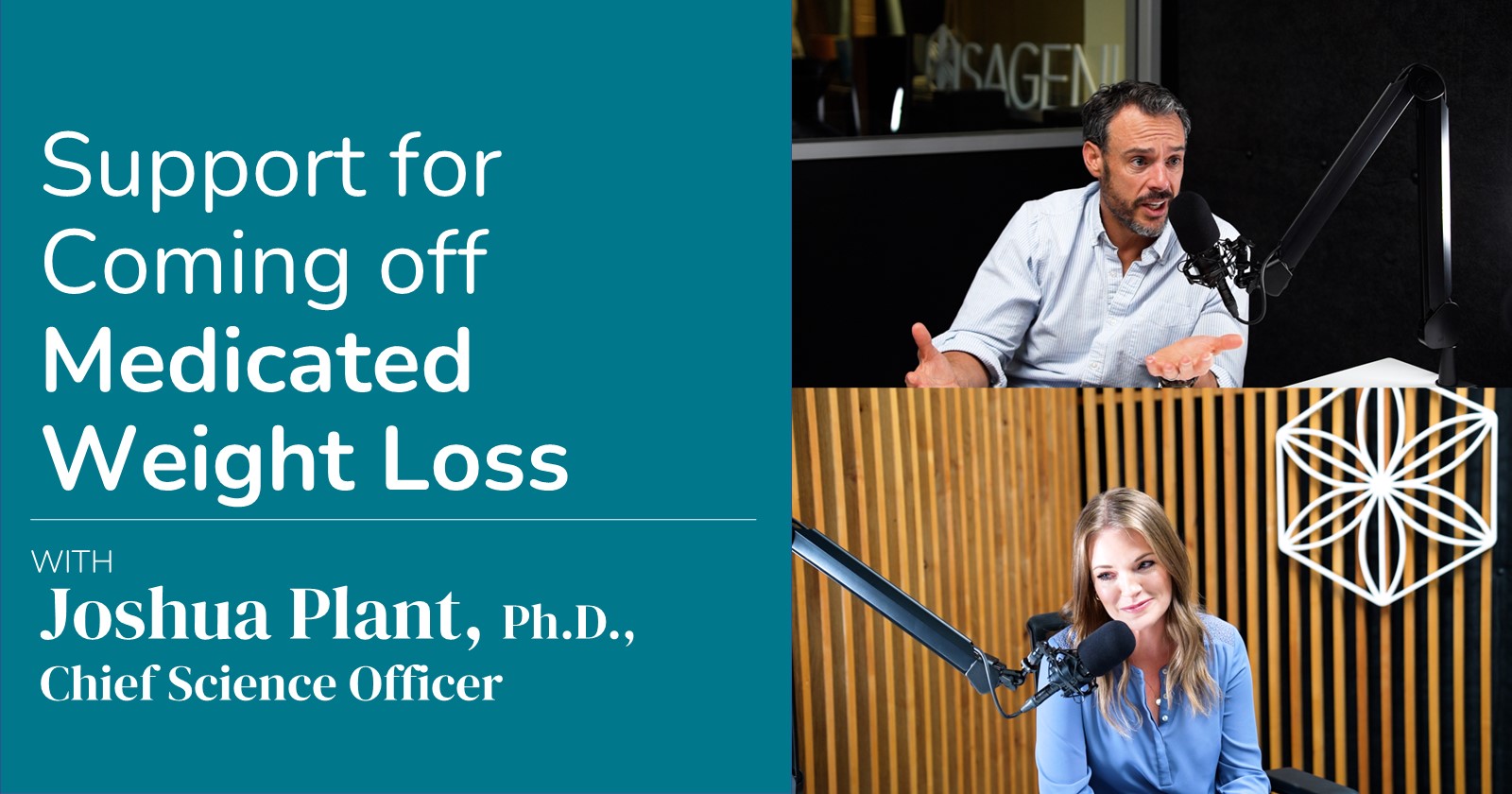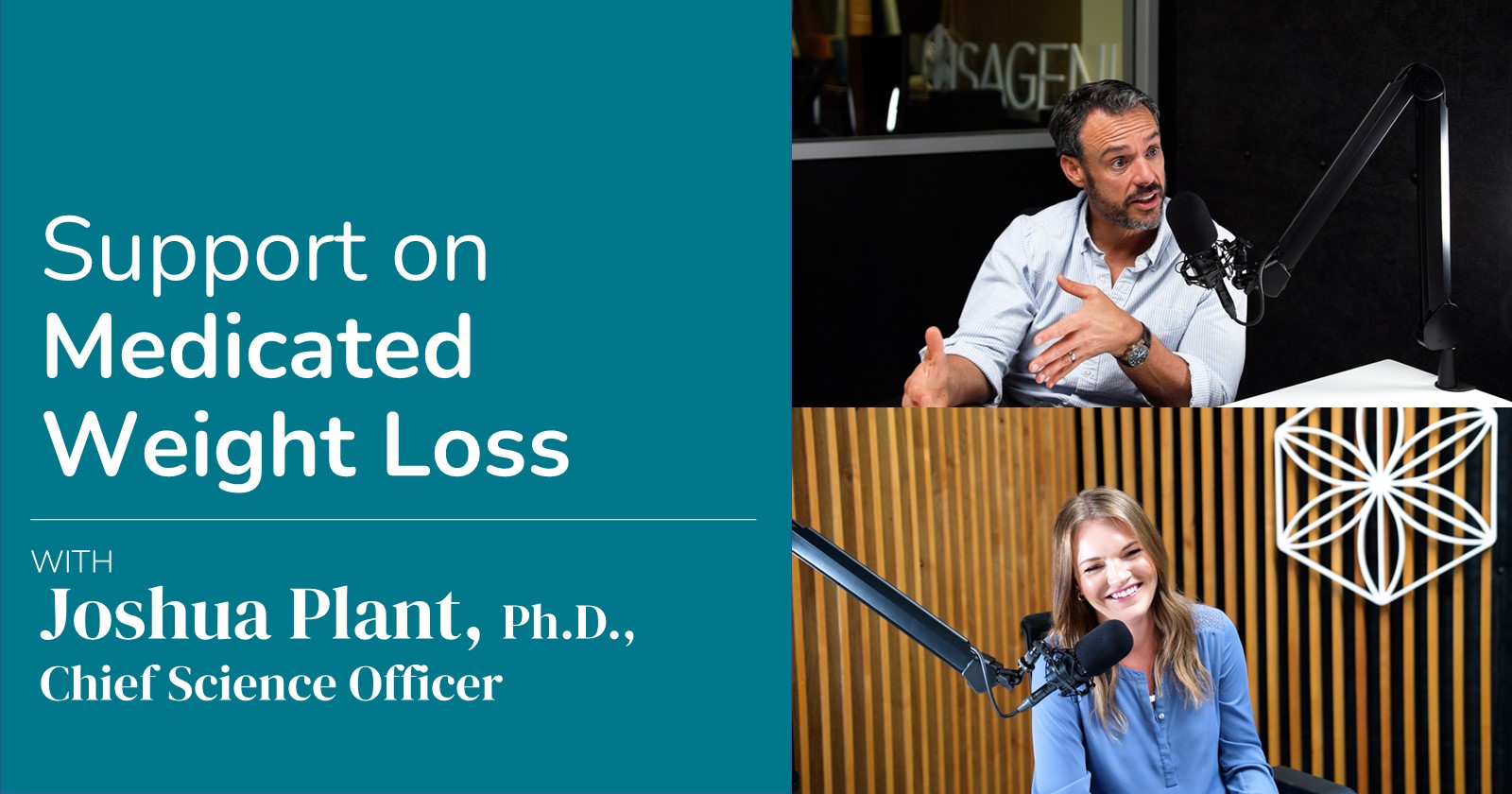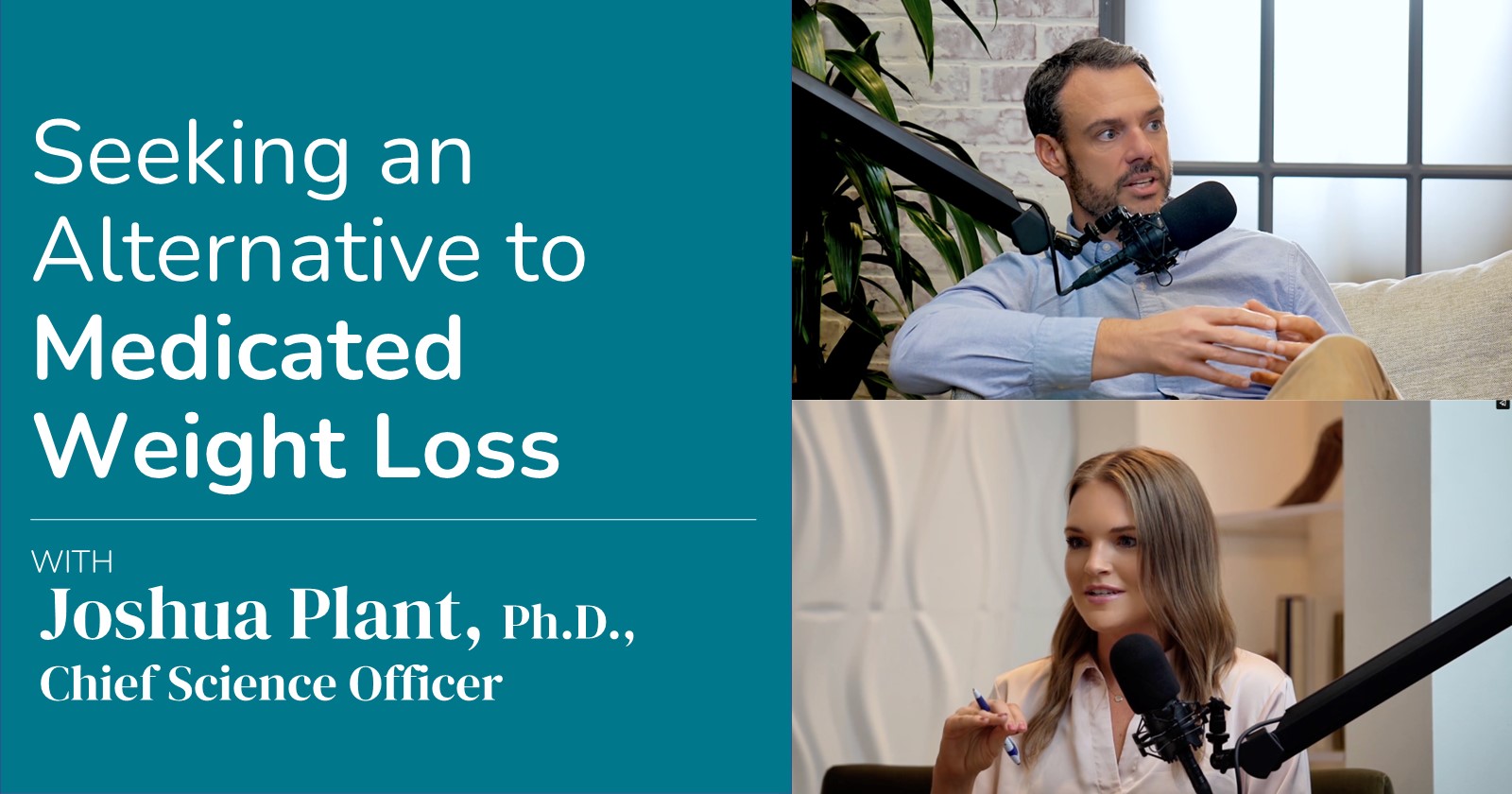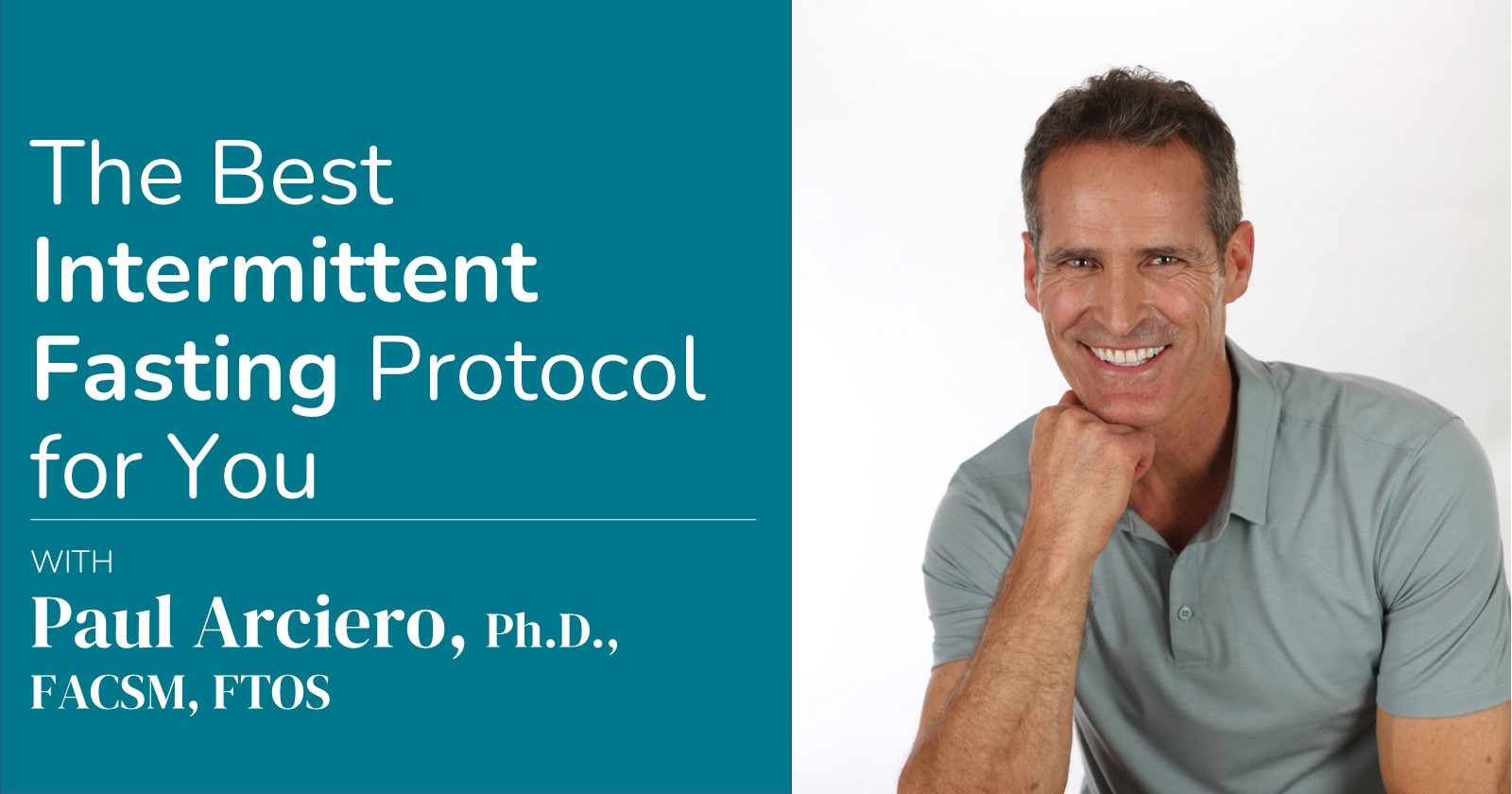Ever feel like your willpower to eat healthy dwindles as the day goes on? Whether it’s vending machine goodies that tempt you in the afternoon or late-night dessert cravings before bed, studies have shown there are certain times throughout the day that you’re more likely to choose unhealthy meals or snacks. By being aware of these tempting times and following four measures below to prevent over-indulgence, you’ll be able to stay committed to eating healthy throughout the day.
1. Eat breakfast to prevent overeating. Thirty-one million Americans don’t eat breakfast (1). While you may think you’re doing your body good by skipping breakfast calories, studies show you’re likely to make up for them (and possibly more) by overeating later in the day, including a calorie-packed lunch (2). Even if you do eat breakfast, an NDP Group survey found half of the top 10 breakfast foods lack protein—a nutrient that will keep you satisfied so you don’t overeat at your next meal (3).
Studies have shown consuming a protein-rich breakfast (20 to 40 grams) leads to decreased feelings of hunger and fewer calories consumed at lunch and dinner (2). Instead of choosing popular breakfast foods that are commonly low in protein such as bagels, cereals, and pastries, try eggs, yogurt, or steel-cut oats. IsaLean® Shakes are another smart breakfast option providing 24 grams of quality protein and 6 grams of filling fiber to keep you satisfied.
2. Choose nutrient-dense snacks. We’ve all experienced afternoon fatigue. When the energy surge from lunch has worn off, you’re more likely to turn to snacking to fuel your afternoon. Unfortunately, most people choose snacks that supply a temporary energy boost followed by a crash—think candy, chips, and soda.
Instead of choosing snacks high in calories with refined sugars, choose nutrient-dense snacks that will provide your body with steady fuel. The key is to choose foods with both protein and fiber. Isagenix Whey Thins and FiberSnacks!™ have 10 and 6 grams of protein, respectively, and can be paired with fiber-rich fresh fruits and vegetables for a satisfying snack.
3. Walk after meals to reduce cravings. You shouldn’t have any cravings immediately after eating a meal, right? Science says otherwise. A recent survey with more than 7,500 respondents conducted by a health management company found post-dinner to be the greatest time for indulgence. The best way to avoid this tempting time? Take a walk.
One study found walking for just 15 minutes significantly reduced both the subjects’ cravings for chocolate and actual consumption by 50 percent (4). What’s more, walking after a meal can help with blood sugar management (5). Commit to walking for 15 minutes after dinner before deciding if you really need that treat.
4. Have a late-night treat that fuels fat loss. Do you have candy wrappers on your nightstand or find yourself tiptoeing out to the fridge in the middle of the night? One-fifth of dieters report snacking in the evening. Although the exact reasoning is not known, research shows the internal clock may be programmed to crave salty, sugary, and starchy foods right before bed (6).
If you feel inclined to snack in the evening, why not have a tasty treat that supports your weight loss goals? The Bedtime Belly Buster or “BBB” is a creamy protein shake that boosts metabolism and satisfies late-night cravings for a sweet treat. Pair it with a few sprays of Sleep Support & RenewalTM before bed and you’ll rest so soundly you won’t have to worry about waking in the middle of the night for a snack.
Don’t let temptation derail your commitment to a healthy diet. Recognize the times you’re likely to indulge and use the tips mentioned above to satisfy and keep you on track.
References
- NPD Group: https://www.npd.com/wps/portal/npd/us/news/press-releases/pr_111011b/
- Leidy HJ, et al. Beneficial effects of a higher-protein breakfast on the appetitive, hormonal, and neural signals controlling energy intake regulation in overweight/obese, “breakfast-skipping,” late-adolescent girls. Am J Clin Nutr, 2013;97:677-88.
- NPD Group: https://www.npd.com/wps/portal/npd/us/news/press-releases/breakfast-sandwiches-make-top-10-list-for-americans-in-the-morning/
- Hwajung Oh, Adrian H. Taylor. Brisk walking reduces ad libitum snacking in regular chocolate eaters during a workplace simulation. Appetite, 2012;58(1):387-92.
- DiPiertro L, Gribok A, Stevens M, et al. Three 15-min Bouts of Moderate Postmeal Walking Significantly Improves 24-h Glycemic Control in Older People at Risk for Impaired Glucose Tolerance. Diabetes Care, 2013.
- Frank A.J.L. Scheer, Christopher J. Morris, Steven A. Shea. The internal circadian clock increases hunger and appetite in the evening independent of food intake and other behaviors. Obesity, 2013; 21(3):421.

